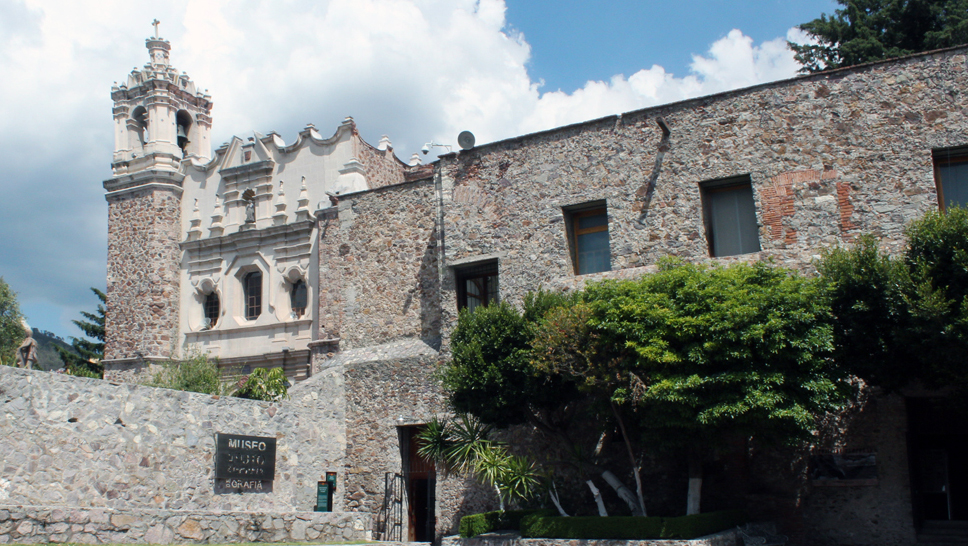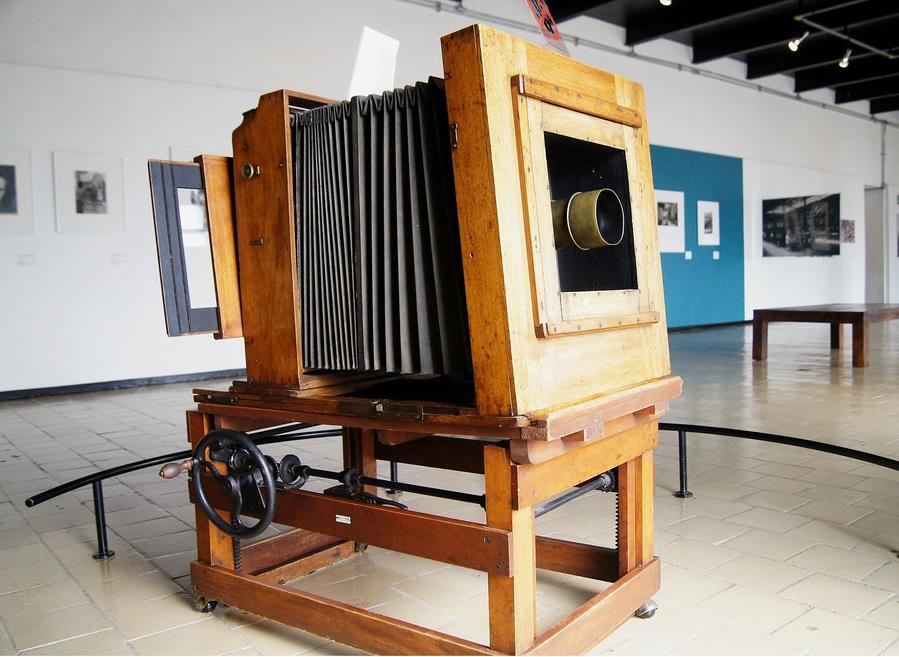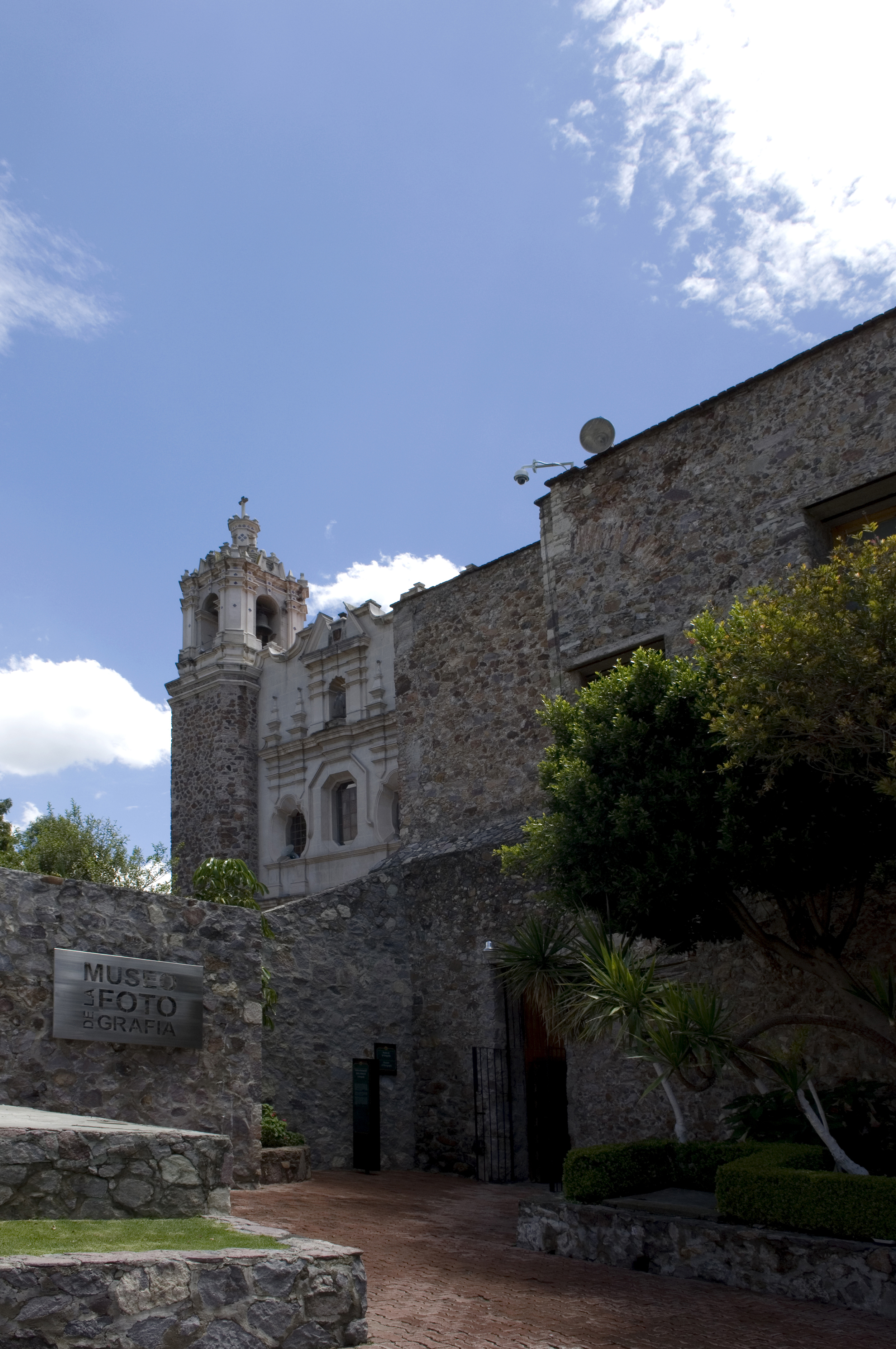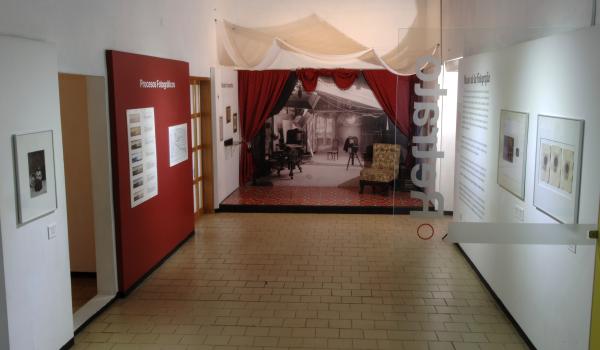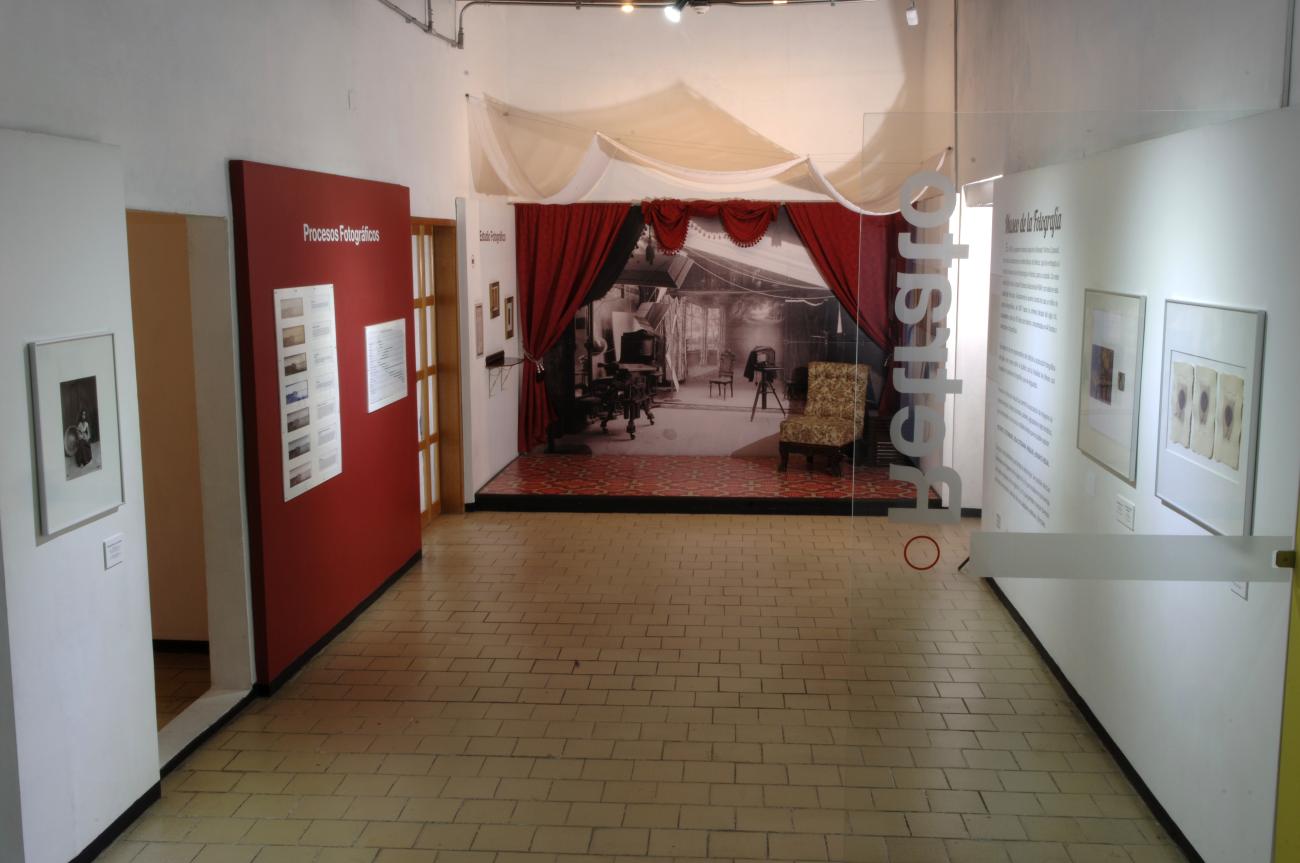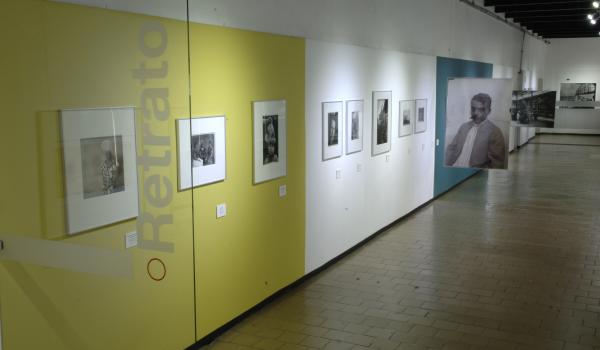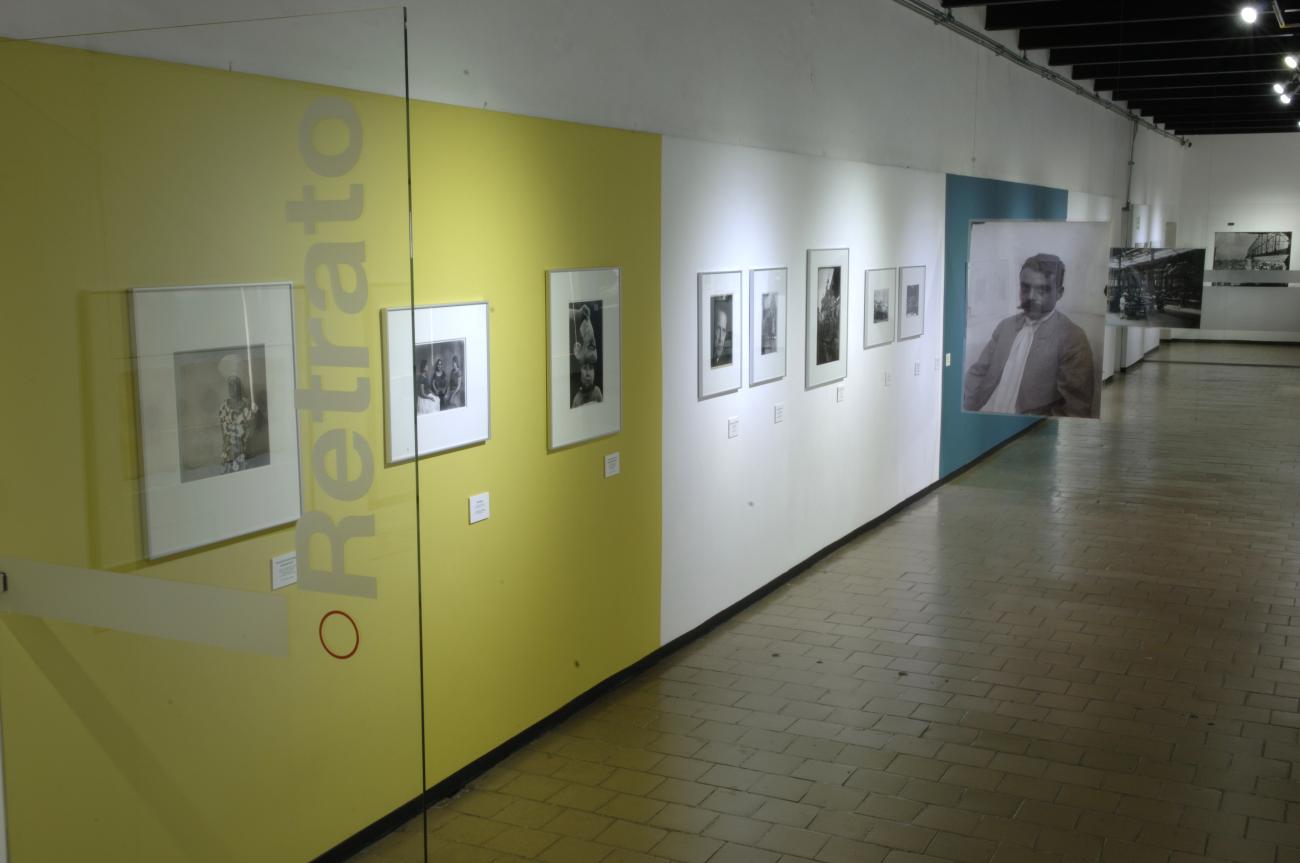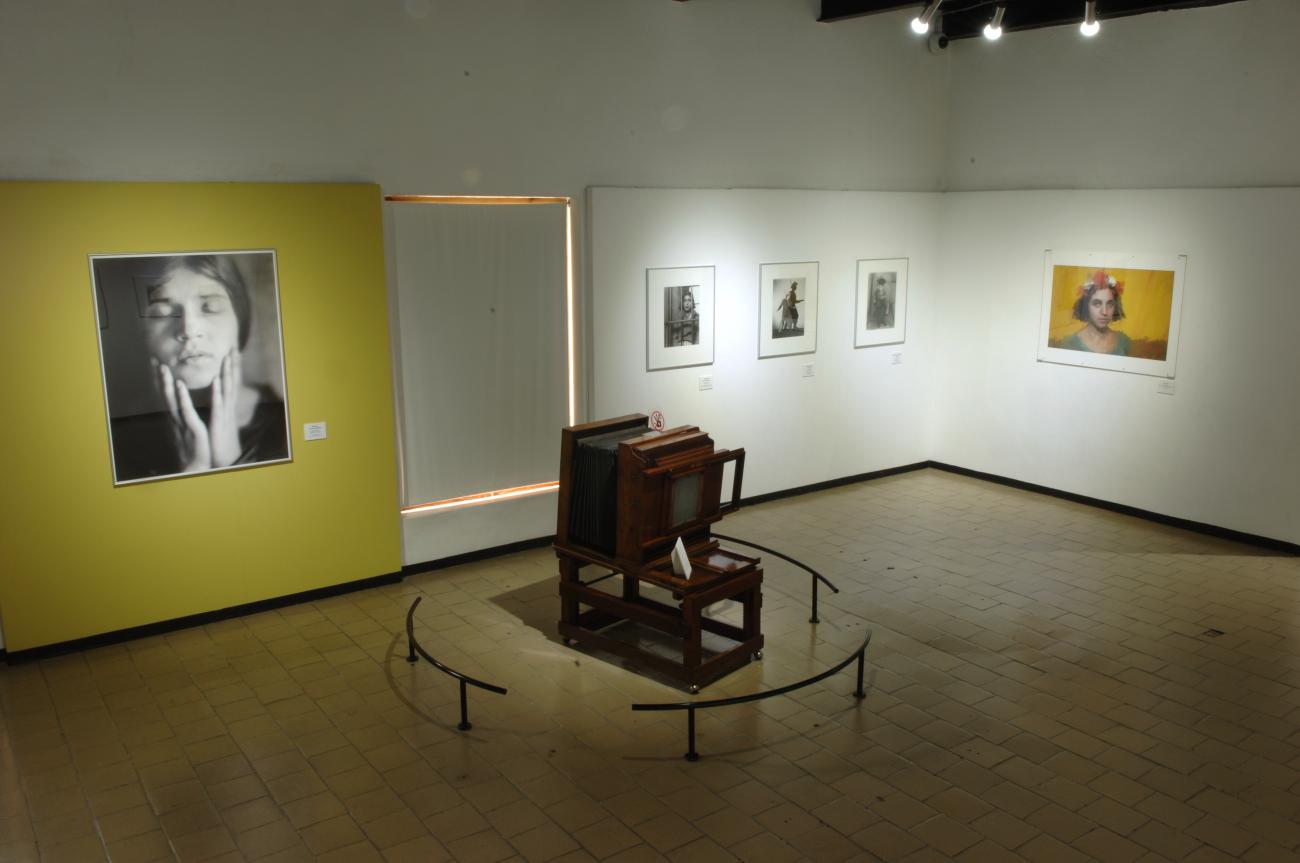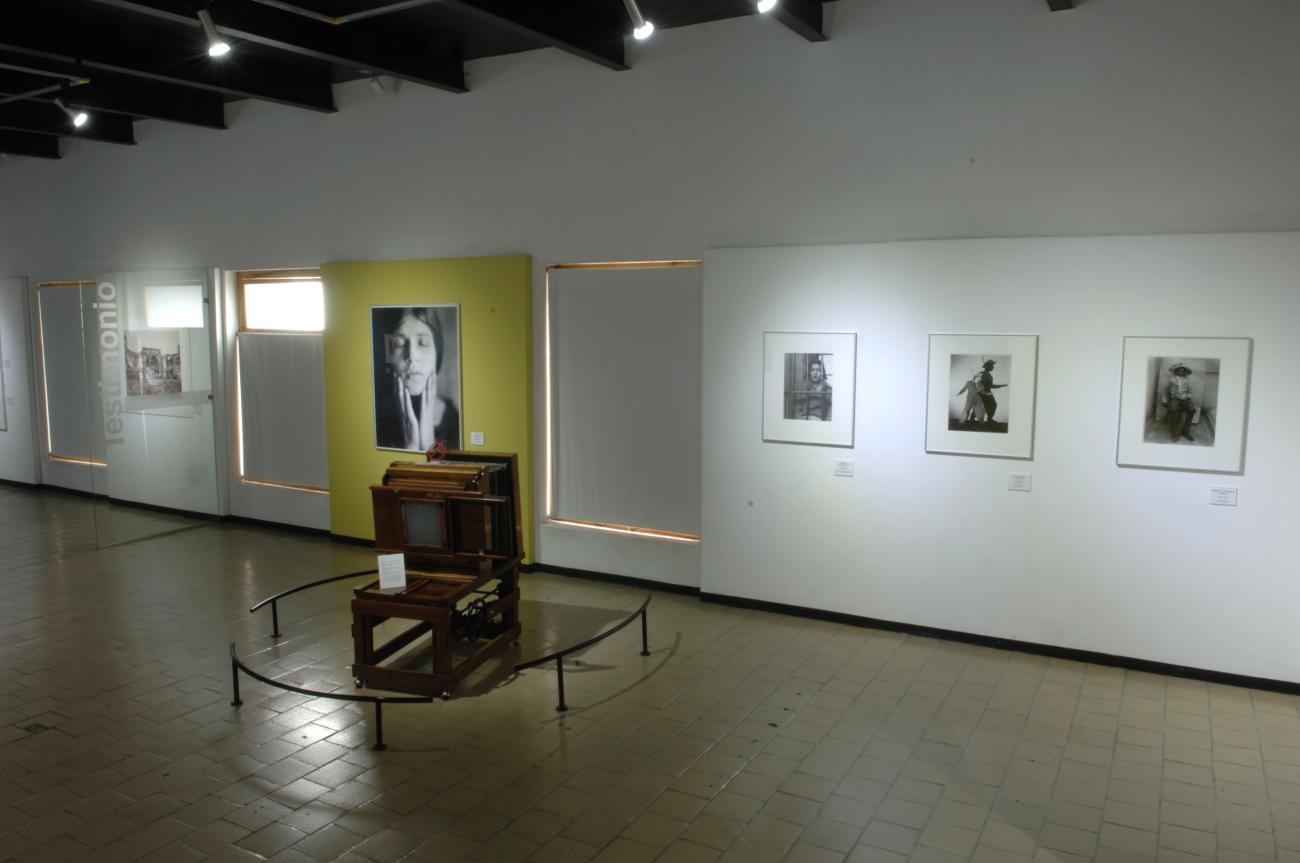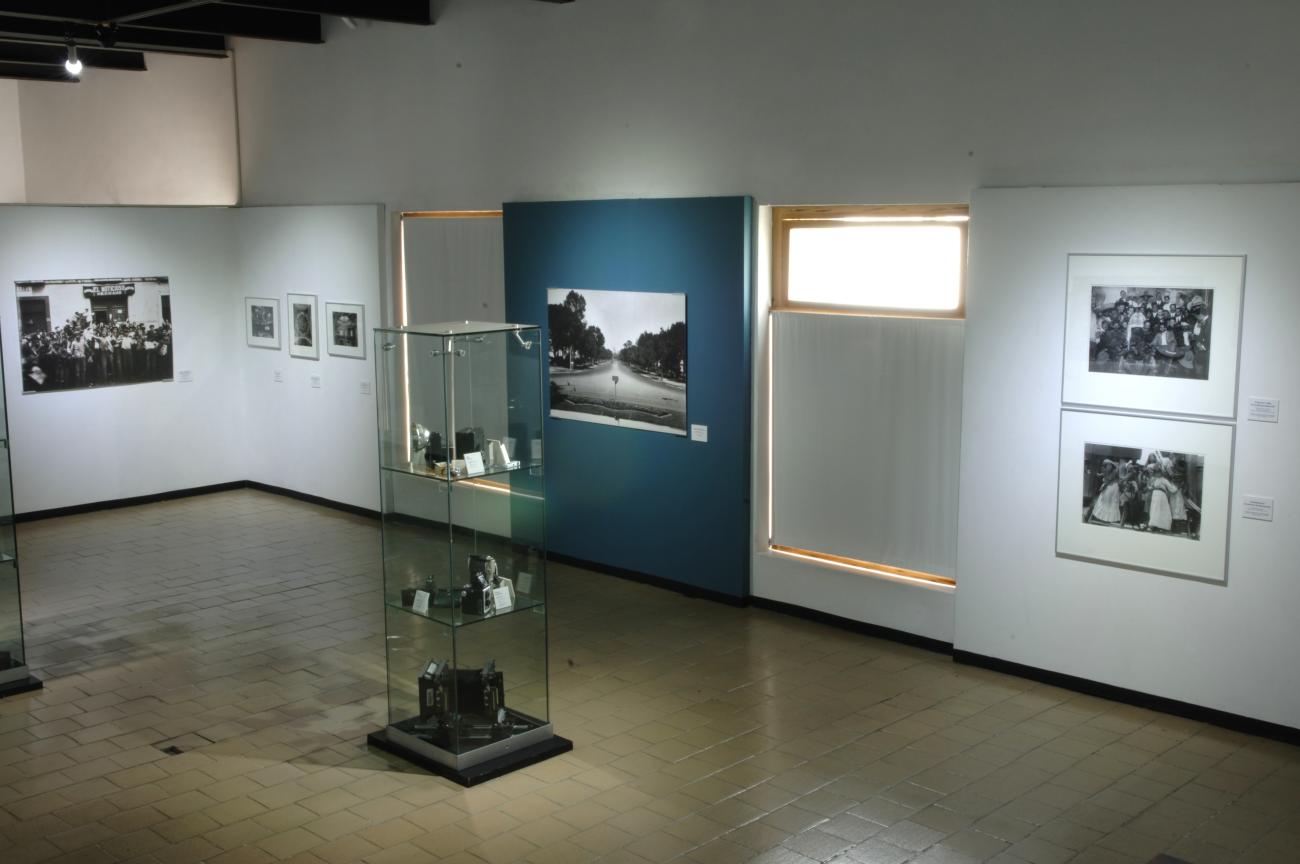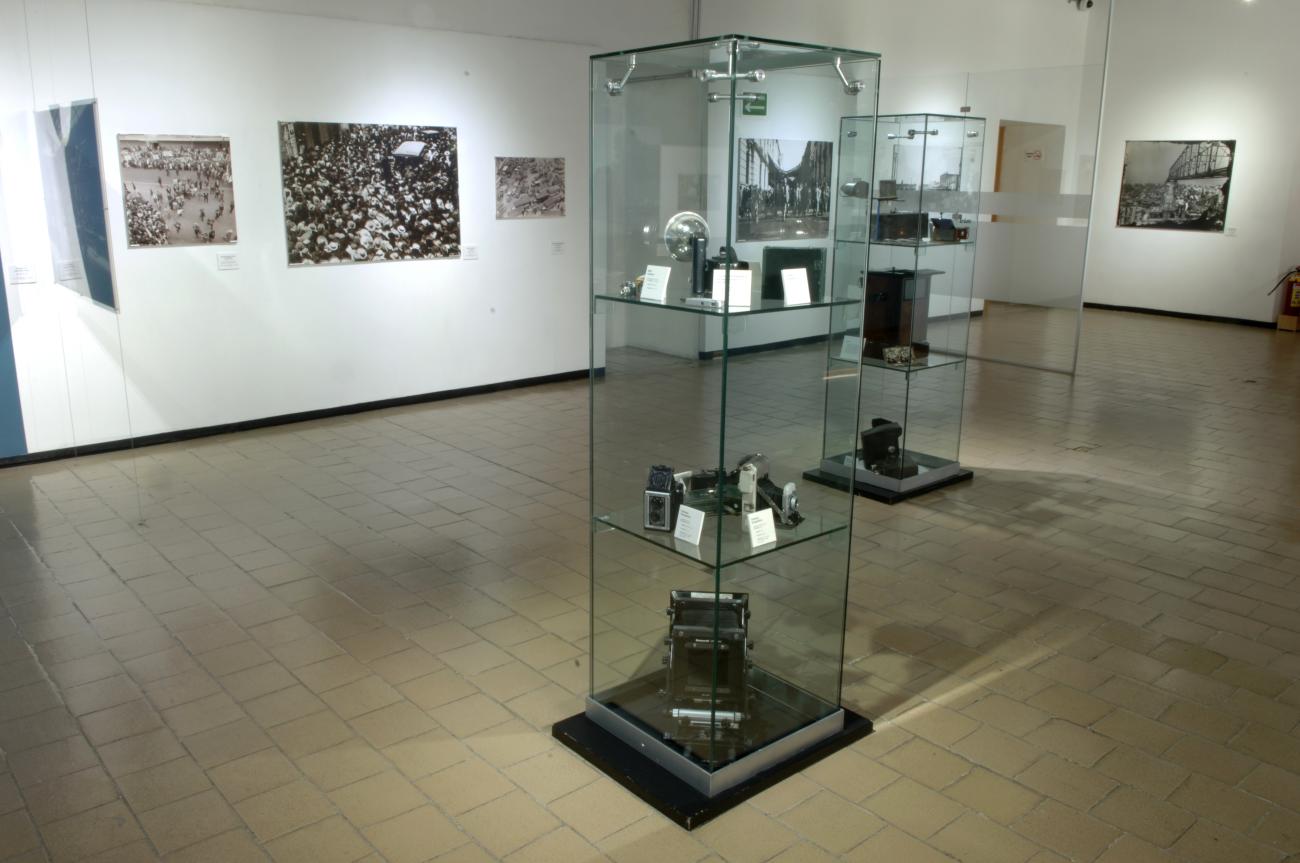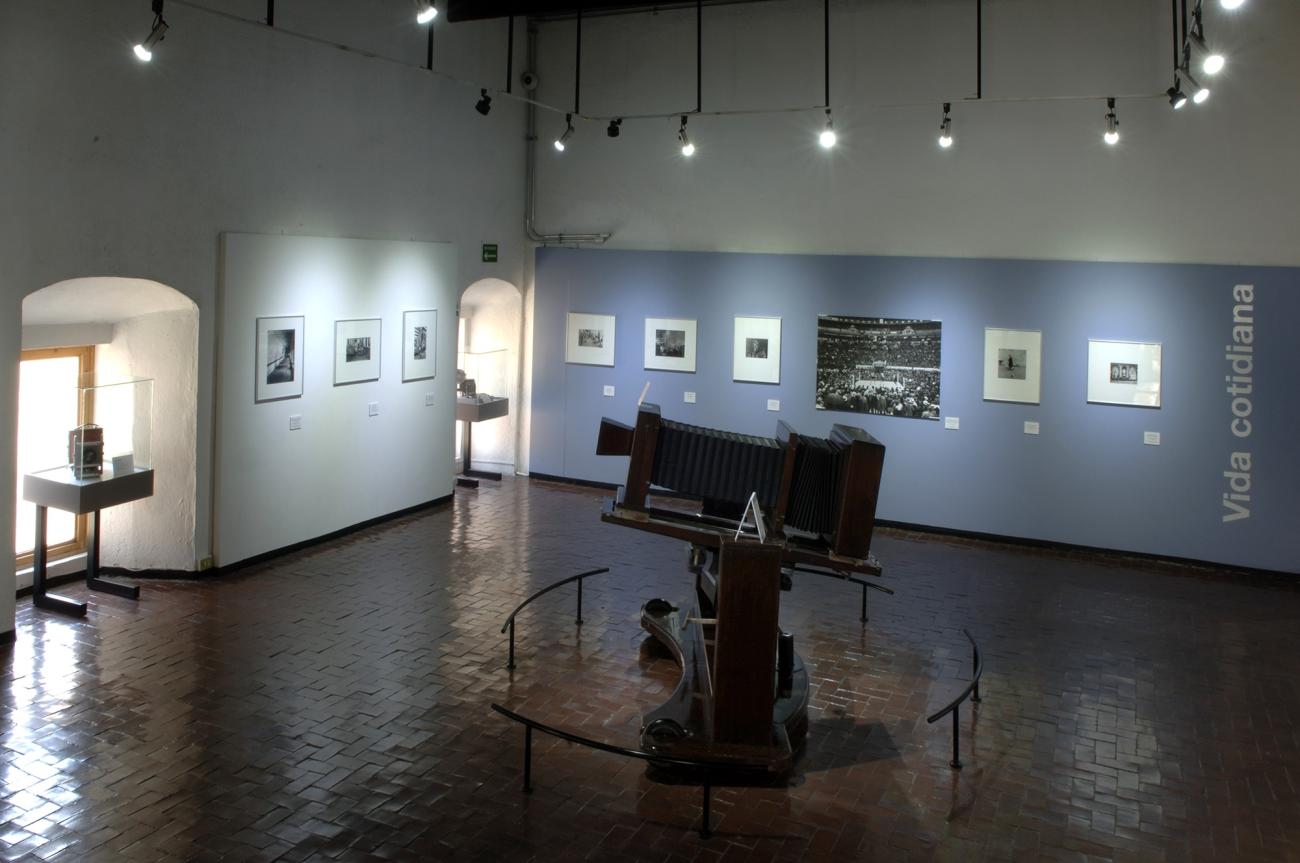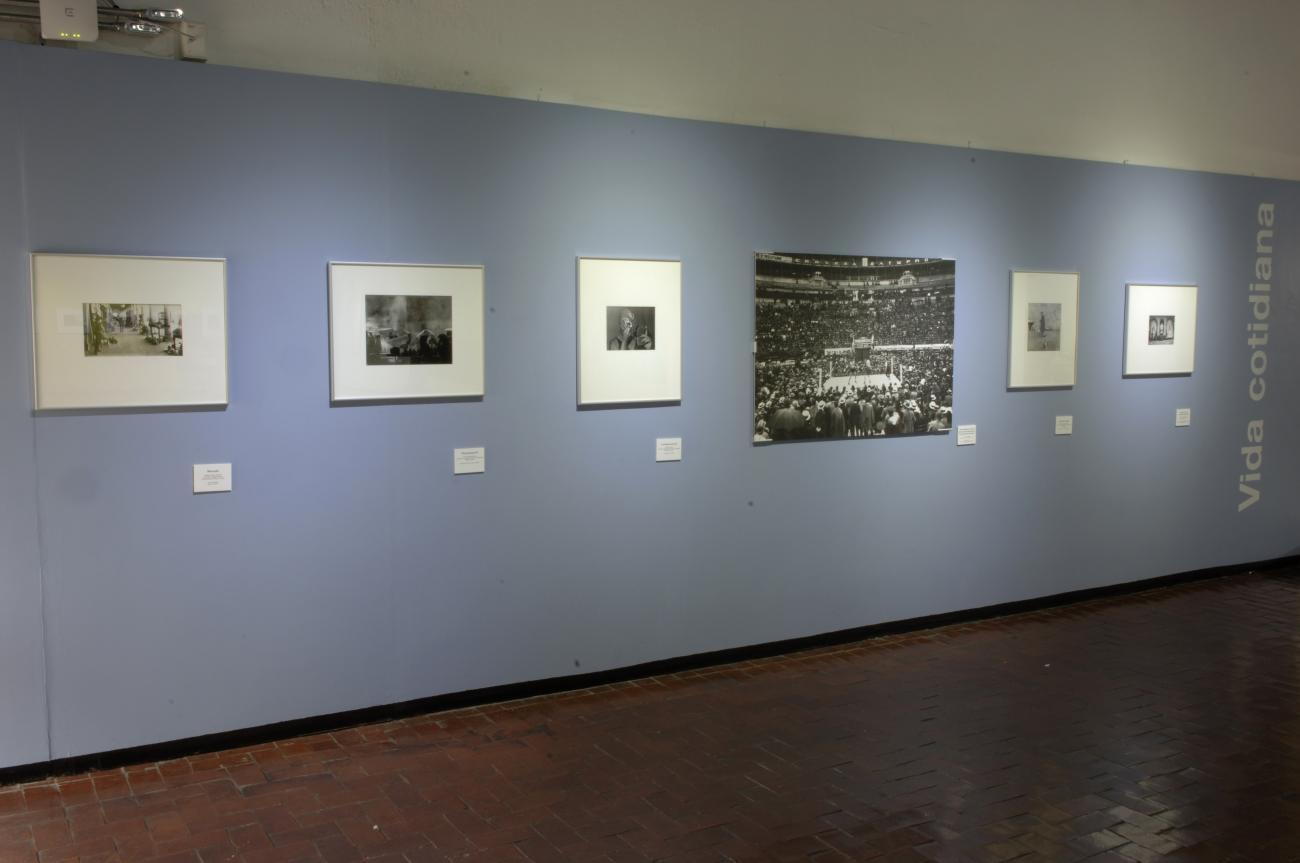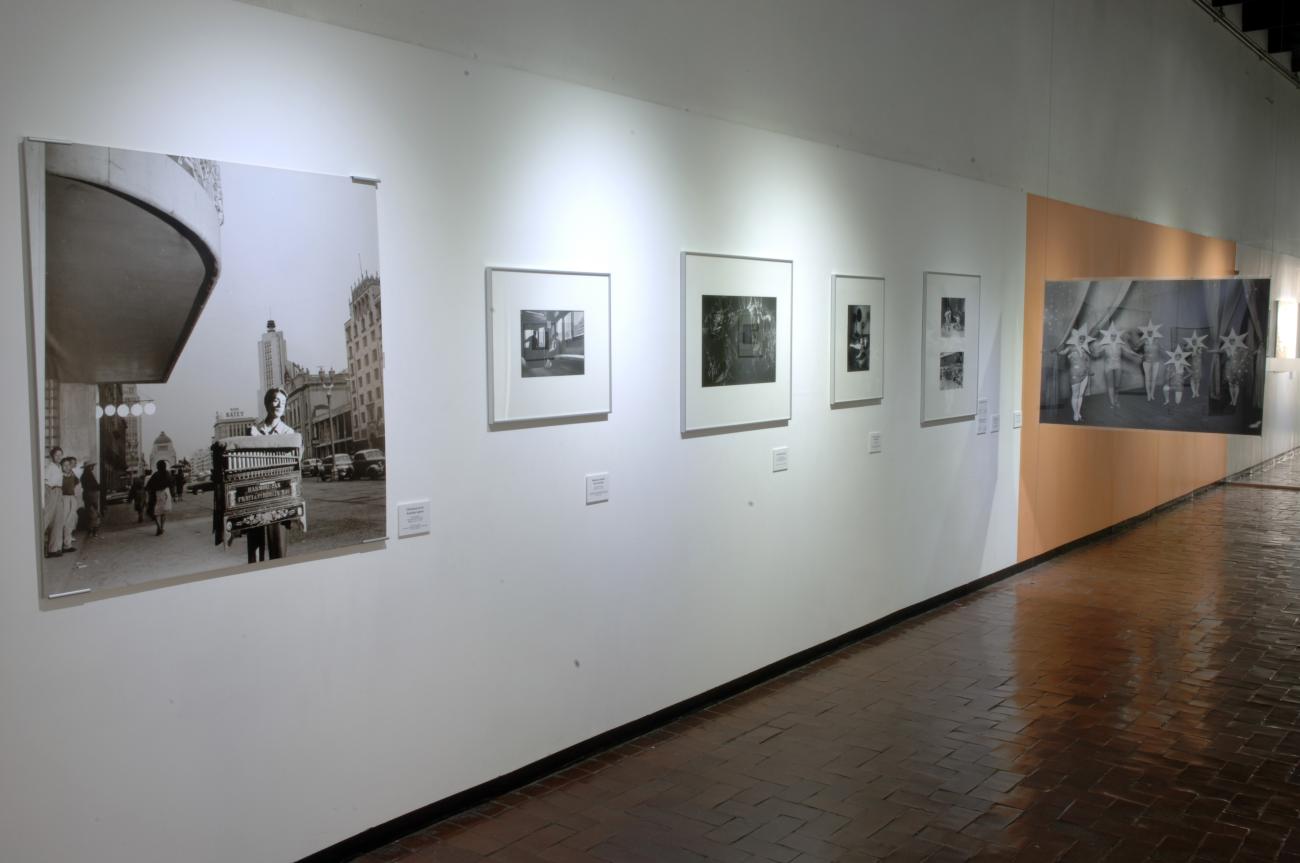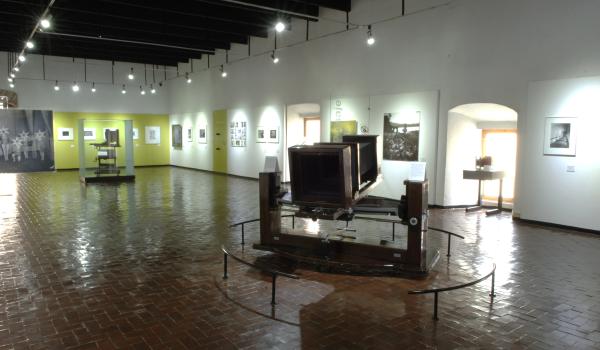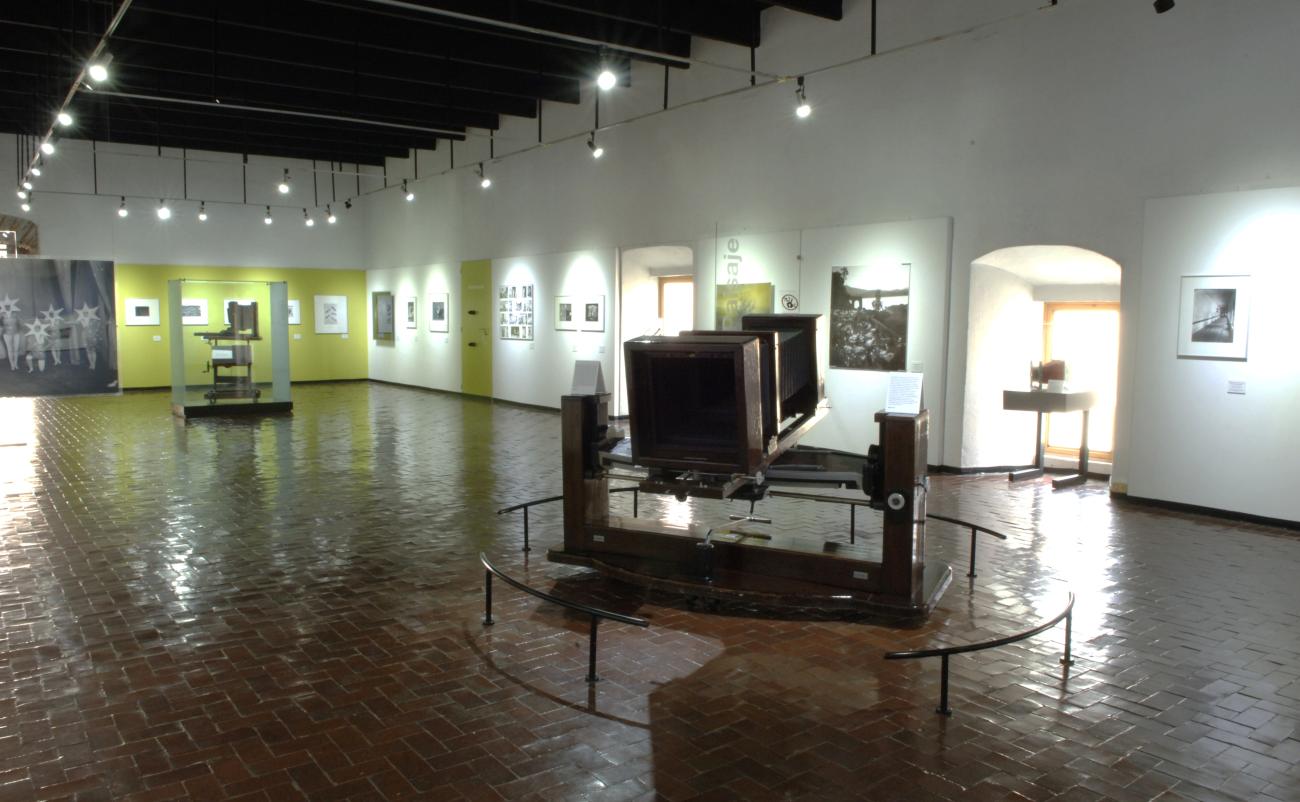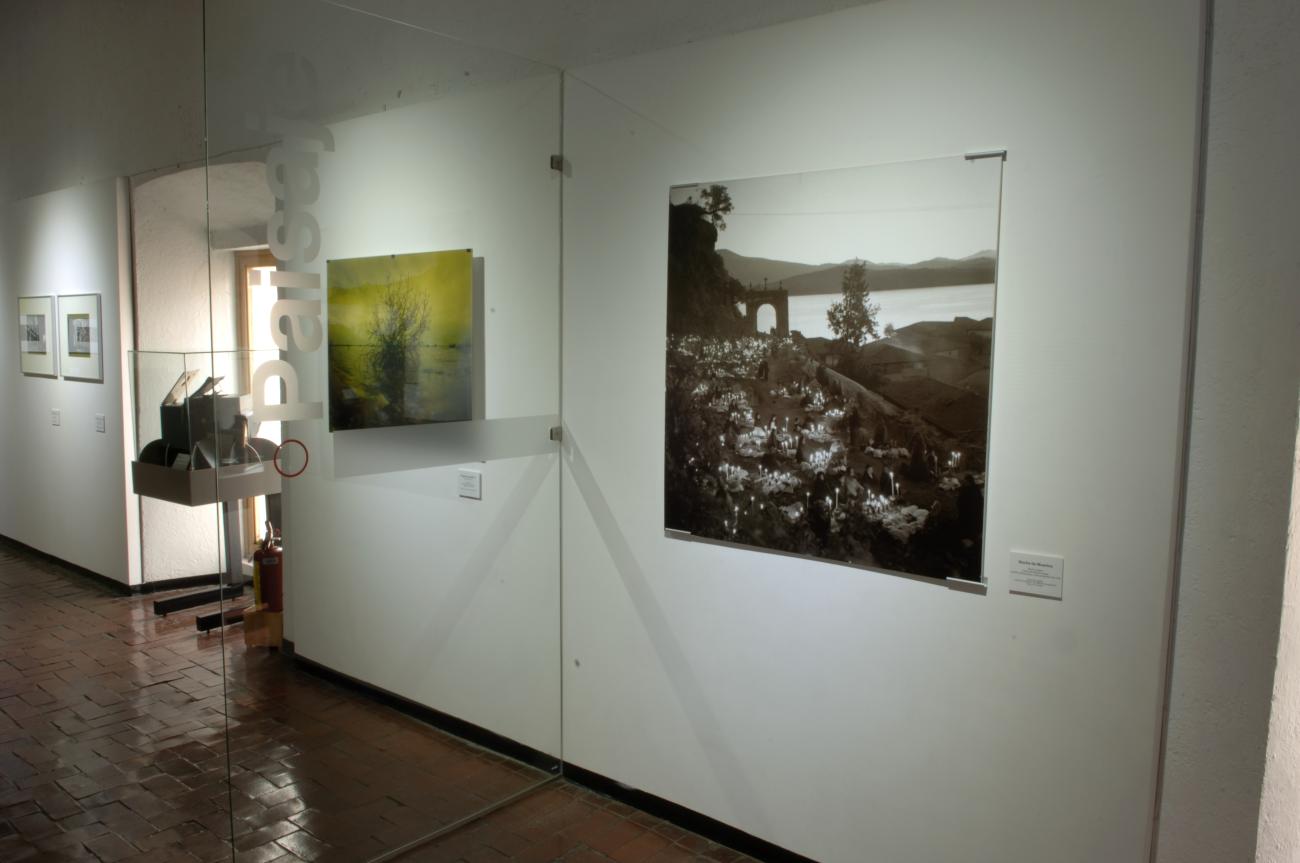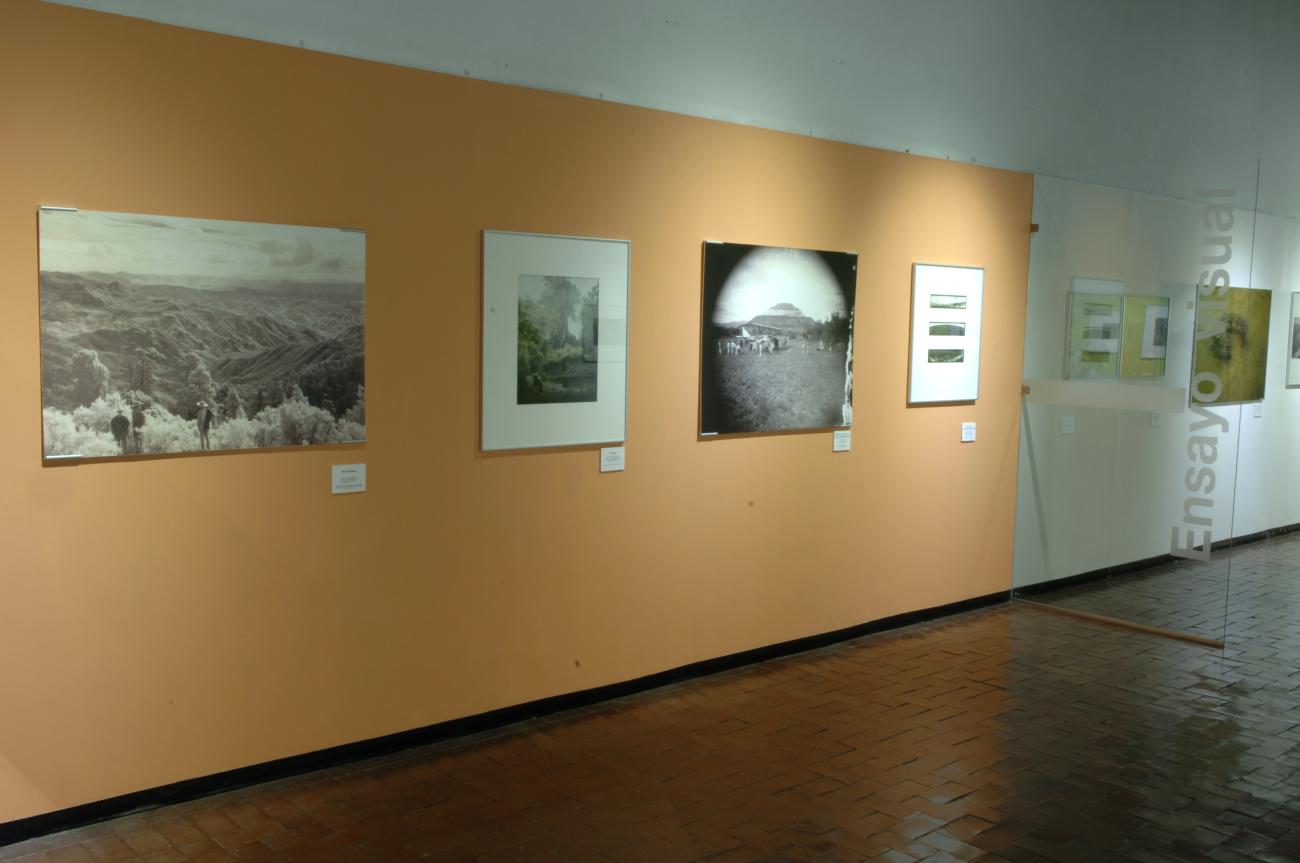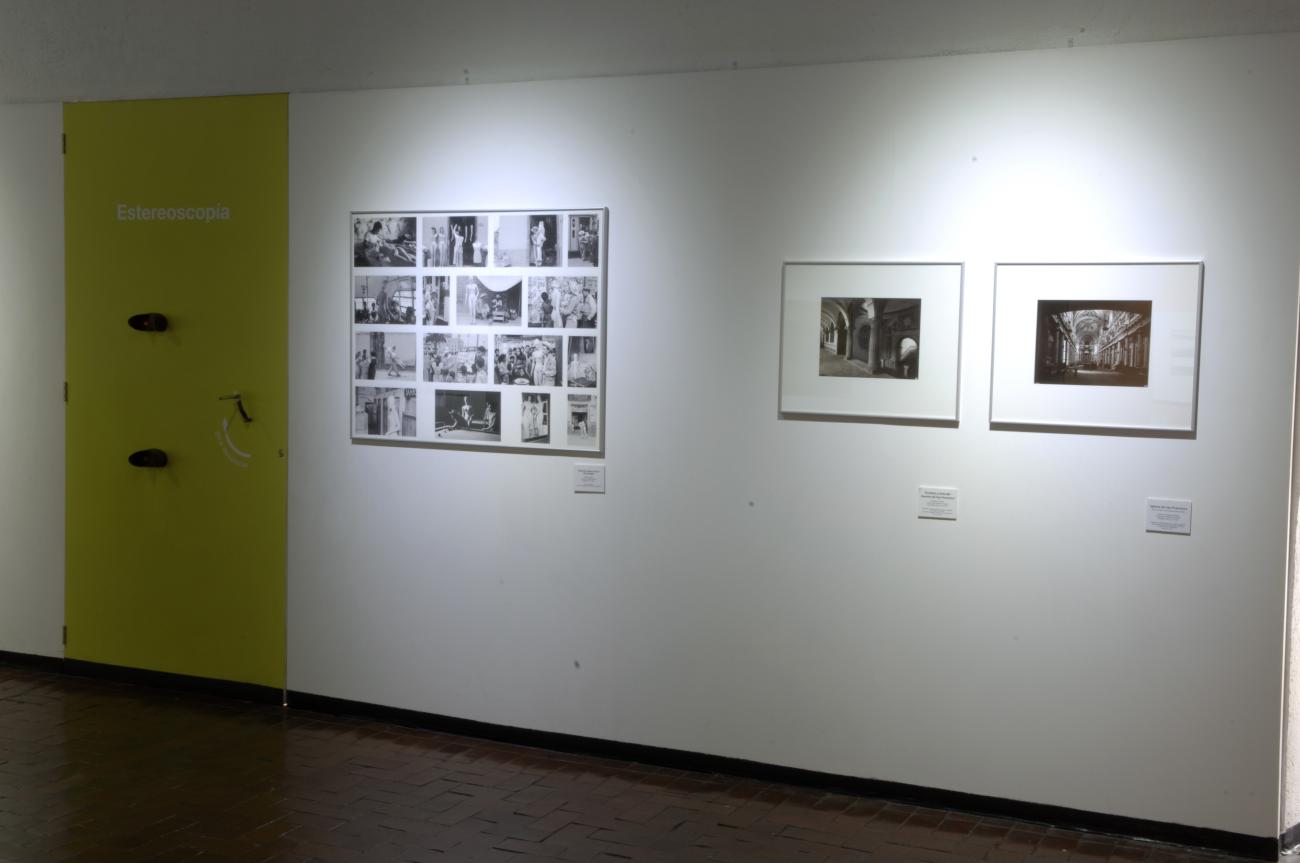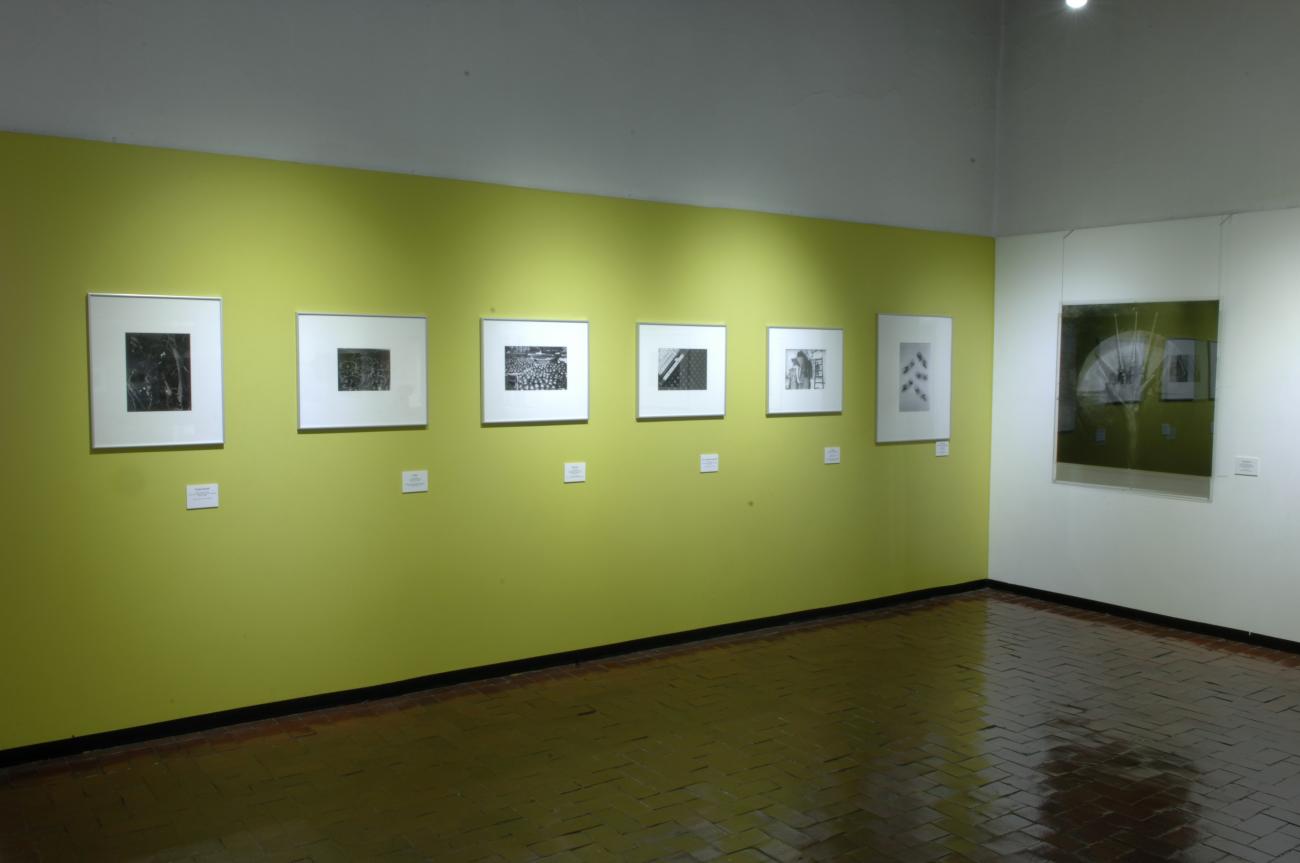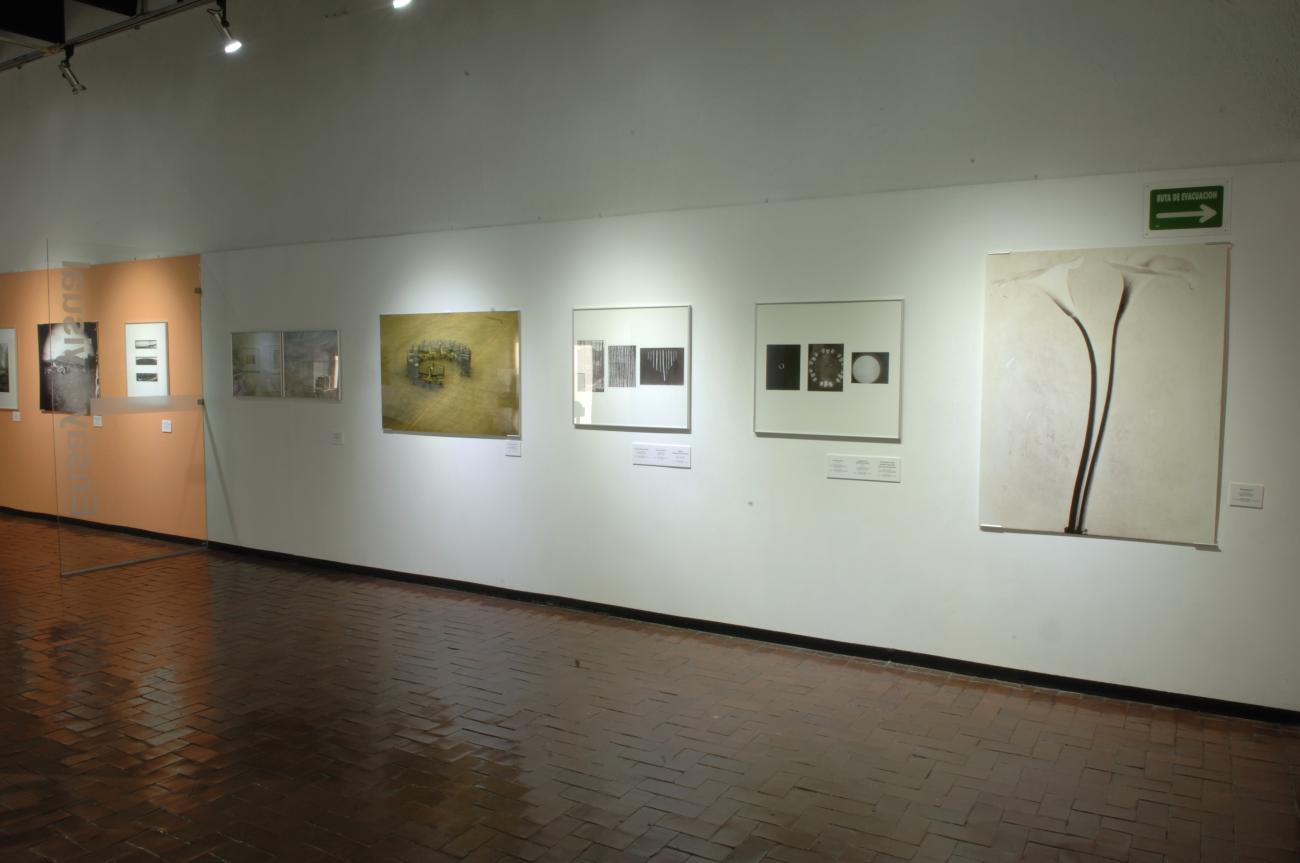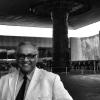The museum has themed modules on portraiture, eye-witness pictures, scenes from everyday life, landscapes and visual essays. It was founded in 1984 to provide access to a sample of the vast collection preserved by the INAH National Photo Library. The museum is on the upper floor of the Former Monastery of San Francisco, in Pachuca, Hidalgo. It dates to the seventeenth century with restorations carried out over the subsequent centuries.
A visit begins with the introductory gallery, looking at the most common photographic techniques in Mexico from the nineteenth to twenty-first centuries. We then move on to the museum’s five thematic modules: 1. Portraiture, photographs of one or more people taken under different circumstances and for various ends. 2. Eye-witness photography, pictures of historically important moments, from discoveries of archeological monuments to social protests. 3. Everyday life, photographs of social groups recorded in all public spaces. 4. Landscapes, pictures taken of places, whether natural with open skies or urban. 5. Visual essay, including works in which the photographer’s imagination is the basis for creating photomontages or fictional stories, as well as composite historical fictions.
There are also cameras on display. The public can learns about different image processing methods and new technologies, which have been used to copy photographs taken in the nineteenth and twentieth centuries, such as the portrait of Empress Charlotte and some of the traveler's photographs from the second half of the nineteenth century. To the above can be added pictures which have become part of the collective imaginary, such as Agustín Víctor Casasola’s picture of Francisco Villa in the presidential chair.
The collection also preserves original pictures taken by luminaries such as Manuel Álvarez Bravo, Pedro Meyer, Graciela Iturbide, Rodrigo Moya and Gerardo Suter, as well as representative works of famous photographers of the intermediate generation such as Eric Jervaise, Gerardo Montiel Klint and Laura Barron.





